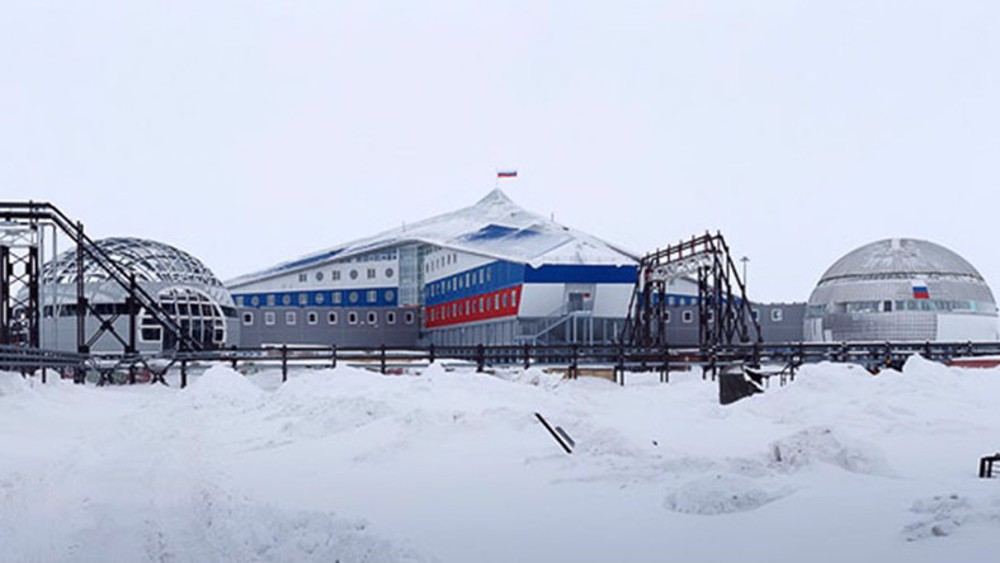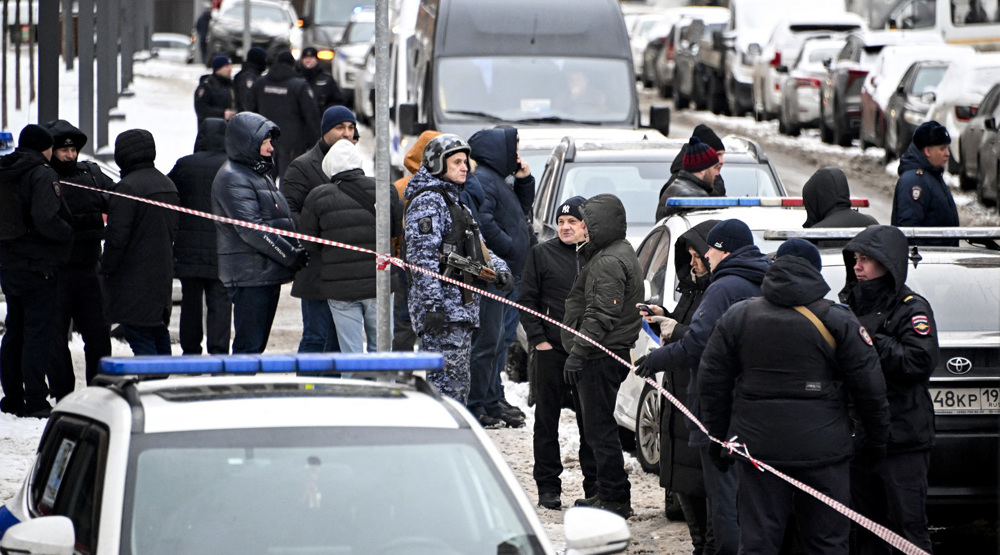Russia revives Soviet-era lab to test weapons in Arctic climate
Russia has revived a Soviet-era research facility to test weapons in severe Arctic conditions amid a drive by the Kremlin to boost its defenses in the resource-rich region in the face of growing military provocations along its western borders.
A senior official of Russian weapons maker, the Central Scientific-Research Institute for Precision Machine Engineering, announced in a Thursday statement that it had restored testing chambers at the facility to simulate extreme conditions.
The chambers were shut down in 1991 following the disintegration of the former Soviet Union. Simulated conditions include extreme heat, cold and wet weather.
"Certification was the final technical stage in restoring the unique testing technology that was lost after the Soviet collapse and that was only owned by our institute," said the official, Sergei Karasev, in the statement.
The laboratory can now test-fire small arms as well as special grenade launchers and small-cannon munitions at temperatures of between minus 60 and plus 60 degrees Celsius, added the weapons maker.
Russia’s President Vladimir Putin has pointed to the Arctic as a vital region for the interests of the country as climate change makes it more accessible.
Putin has also been presiding over a buildup of military infrastructure in the area in response to the growing presence of NATO forces, while pressing for increasing cargo volumes shipped via the Northern Sea Route across its northern flank.
Officials and military analysts first pointed to Russia’s efforts to reopen abandoned Soviet-era military, air and radar bases on remote Arctic islands as well as constructing new ones in January 2017 amid reports that Moscow was engaged in the biggest military push in the Arctic since the breakup of the Soviet Union.
“The modernization of (the) Arctic forces and of Arctic military infrastructure is taking place at an unprecedented pace not seen even in Soviet times," said the editor-in-chief of Moscow Defense Brief Mikhail Barabanov at the time.
The military build-up was regarded as an attempt by Russian President Putin to rival Canada’s, America’s and Norway’s developed Arctic regions.
In 2018, a Danish-flagged cargo ship successfully passed through the Russian Arctic on a one-day trial journey as a result of melting sea ice, marking the potential opening a new trade route from Europe to East Asia.
Industry experts said at the time that the new route could reduce the travel distance from East Asia to Europe from the 21,000 kilometers it takes to go via the Suez Canal to 12,800 kilometers, which would cut transit time by 10-15 days.
The Arctic route is laced with thick sea ice even in the summer months, making it a treacherous place to sail. Even the largest of container ships need a reinforced hull to break through the region’s ice and most of them must be escorted by specialized ice-breaker vessels.
As a result of rising temperatures and melting ice, however, the region is becoming more and more accessible for increasingly longer periods.
With more than half of all the Arctic coastline along its northern shores, Russia says as much as $35 trillion worth of untapped oil and natural gas could be lurking.
Finland, the United States and Canada have also proposed significant infrastructure investment within their respective Arctic zones.
D-8’s role in Iran’s economy after Cairo summit
China slams US as ‘war-addicted’ threat to global security
China ‘firmly opposes’ US military aid to Taiwan
VIDEO | Press TV's News Headlines
President Yoon Suk Yeol to be removed from office
At least 19 Gazans killed by Israeli airstrikes since dawn: Medics
Leader: Iran neither has nor needs proxy forces
US fighter aircraft shot down ‘in friendly fire’ amid aggression on Yemen











 This makes it easy to access the Press TV website
This makes it easy to access the Press TV website